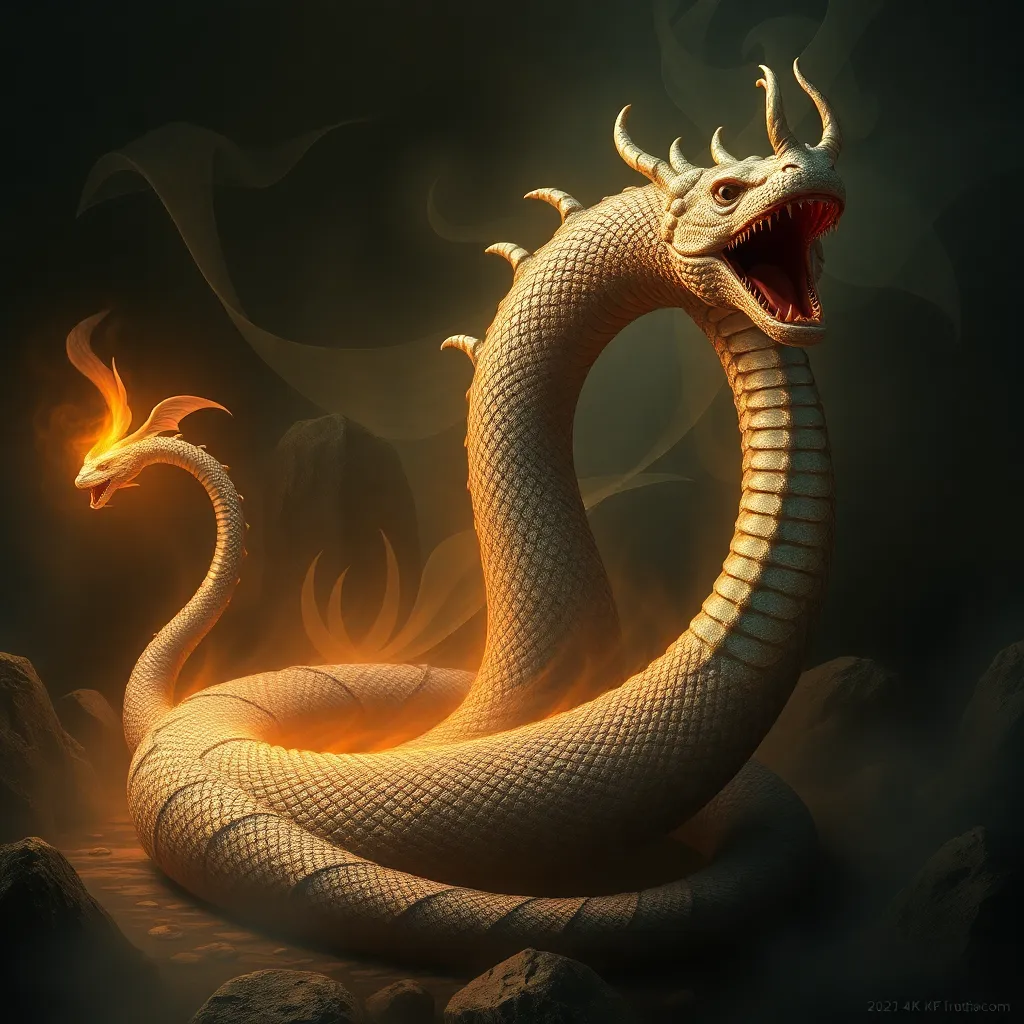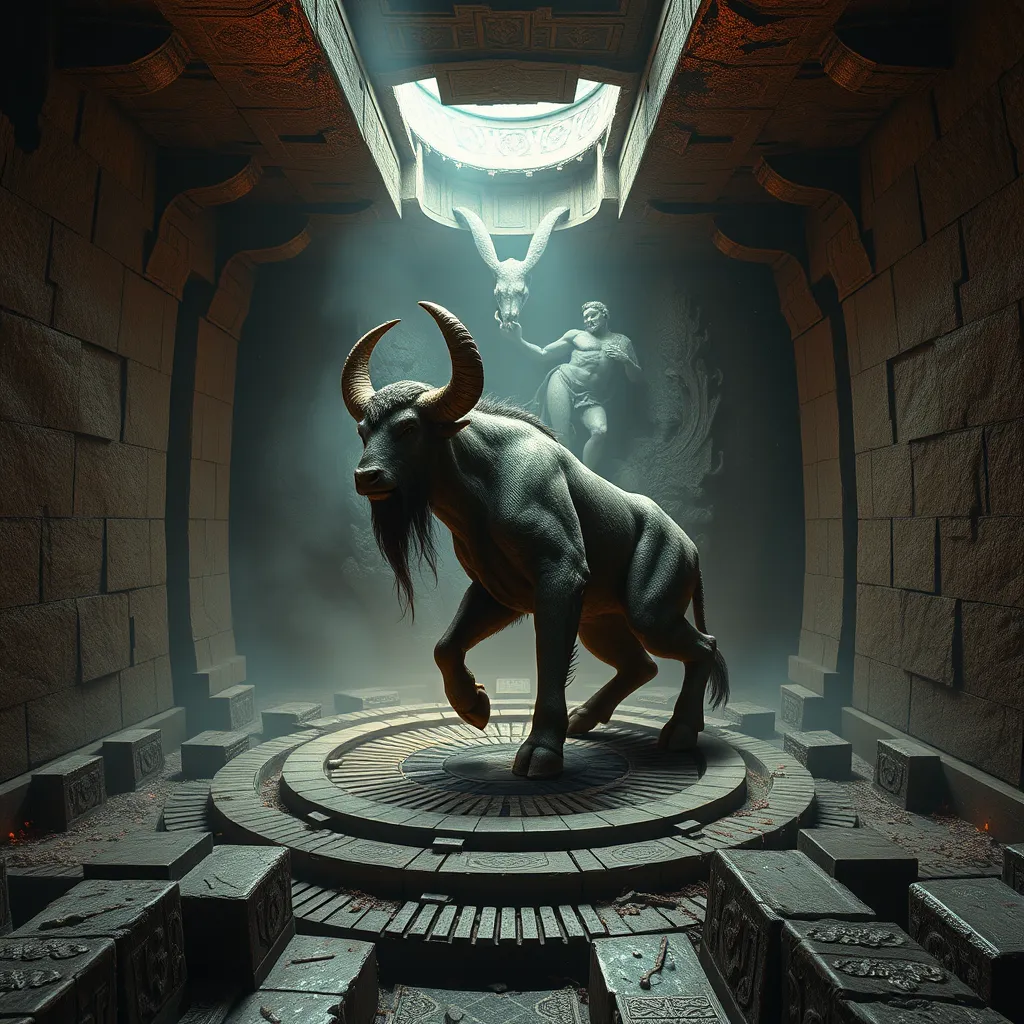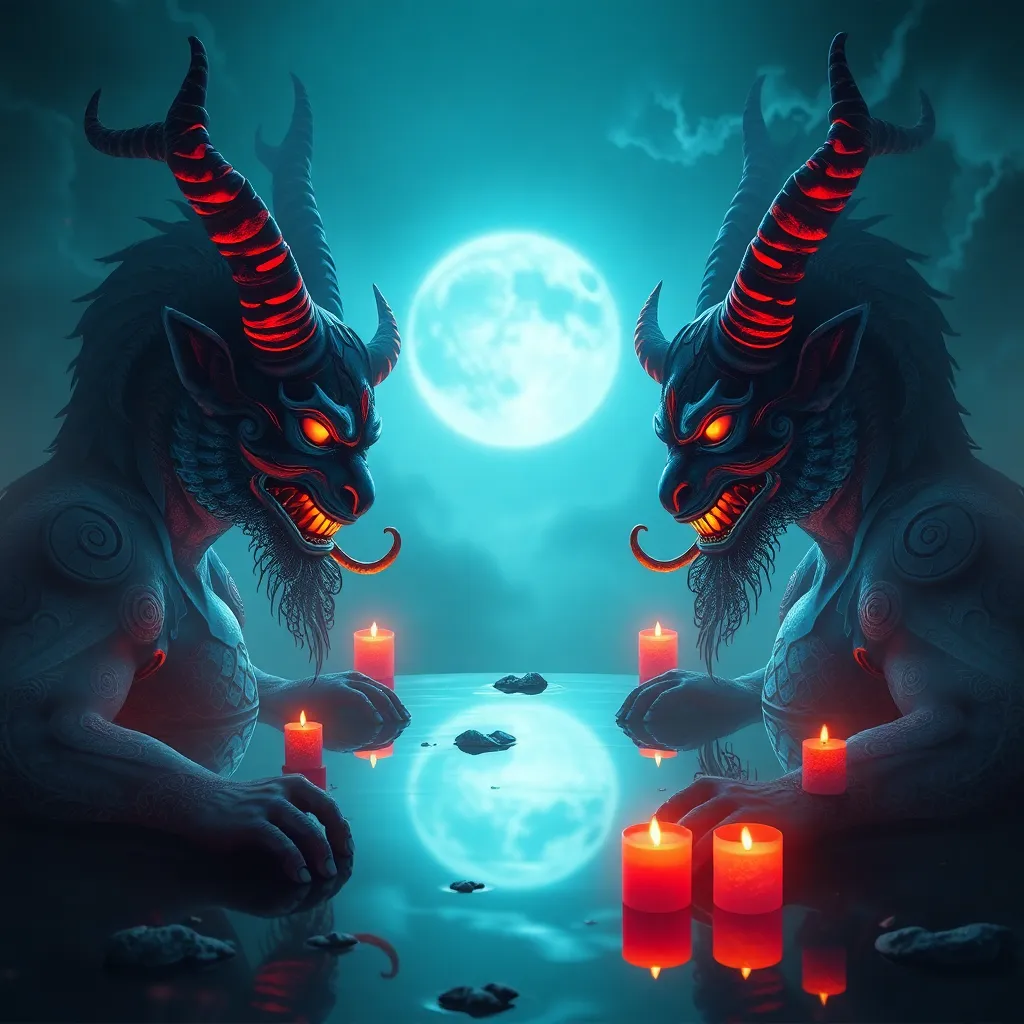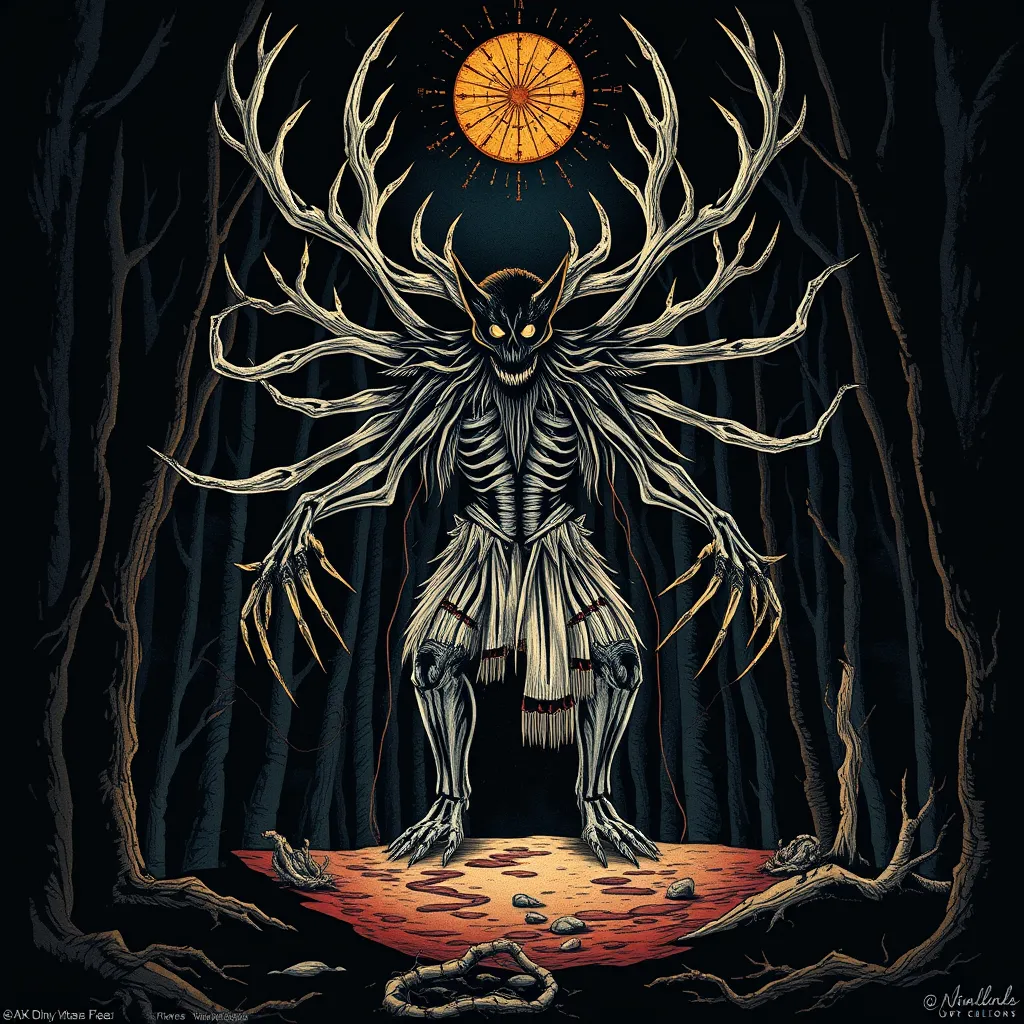Echidna and the Origins of Mythology: Exploring the Serpent-Woman’s Role in the Formation of Myths and Legends
I. Introduction
Mythology serves as a profound reflection of human culture, encapsulating the values, beliefs, and narratives that shape societies across time. Within this rich tapestry of tales, certain figures stand out for their compelling stories and symbolic significance. One such figure is Echidna, a captivating character from Greek mythology, often referred to as the “Mother of Monsters.” This article aims to delve into Echidna’s role in the formation of myths and legends, exploring her origins, symbolism, and lasting impact on cultural narratives.
II. The Figure of Echidna in Mythology
Echidna is depicted in Greek mythology as a fearsome creature with the upper body of a beautiful woman and the lower body of a serpent. She is often described as living in a cave with her mate, Typhon, a monstrous giant. Together, they are considered the progenitors of many of the legendary monsters that plagued the ancient world.
Echidna’s lineage is noteworthy, as she is the daughter of Gaia (the Earth) and Tartarus (the Abyss), placing her at the very foundation of mythological genealogy. This connection to both earth and the underworld emphasizes her importance as a mediator between different realms.
The significance of her serpent-woman hybrid nature cannot be understated, as it embodies a fusion of femininity and primal power, evoking themes of fertility, danger, and transformation.
III. The Symbolism of the Serpent in Mythology
The serpent is a powerful and universal symbol found in various cultures around the world. In many traditions, it represents duality, embodying both creation and destruction. In the context of Echidna, her serpentine form contributes to a rich tapestry of meanings:
- Wisdom and Knowledge: Serpents are often associated with wisdom, as seen in the biblical story of Adam and Eve.
- Fertility and Life: In many cultures, serpents are symbols of fertility, representing the cyclical nature of life.
- Danger and Temptation: The serpent’s ability to strike without warning embodies the unpredictability of nature and the potential for destruction.
The serpent-woman archetype, as represented by Echidna, explores these dualities, illustrating the complexity of femininity. The interplay of creation and destruction associated with serpents manifests in Echidna’s offspring, the many monsters of mythology.
IV. Echidna’s Role in the Creation of Monsters
Echidna’s offspring include some of the most feared monsters in Greek mythology, such as the Chimera, the Nemean Lion, and the Hydra. Each of these creatures carries significant mythological importance, often serving as challenges for heroes like Heracles.
The relationship between Echidna and her monstrous progeny is multifaceted. While she is often portrayed as a nurturing mother, she also embodies the fierce protectiveness of a creature that can unleash terror upon those who threaten her offspring. This duality enhances her character, making her a complex figure in the mythological landscape.
The impact of these monsters on Greek mythology and storytelling is profound, as they often symbolize the chaos and danger present in the natural world. Heroes battling these creatures can be seen as a metaphor for humanity’s struggle against the untamed forces of nature.
V. Echidna’s Influence on Other Mythological Figures
Echidna’s narrative intersects with various other myths and deities within the Greek pantheon. Her connection to Typhon, for instance, links her to the themes of chaos and rebellion against the Olympian gods. This relationship underscores the constant struggle between order and chaos that is a hallmark of mythological storytelling.
In art and literature, Echidna is often depicted alongside her monstrous offspring, illustrating her role as the progenitor of chaos. From ancient pottery to modern adaptations, her image has persisted, adapting to contemporary interpretations while retaining her core symbolism.
Moreover, a comparative analysis reveals that serpent-women exist in various cultures, each embodying distinct characteristics. For example, the Hindu goddess Kali shares similarities with Echidna, as both figures represent duality and the intertwining of life and death.
VI. The Evolution of Echidna’s Mythos Over Time
The narratives surrounding Echidna have evolved significantly throughout history. In ancient texts, she is primarily viewed as a monstrous figure, a mother of chaos. However, modern interpretations often seek to reclaim her narrative, highlighting aspects of strength, femininity, and resilience.
In contemporary mythology and popular culture, Echidna has found new life in various forms—literature, film, and art. These adaptations often focus on her complexity, exploring her motivations and desires beyond mere monstrosity.
This evolution reflects broader societal changes in the perception of femininity and power, suggesting that Echidna’s figure resonates with ongoing conversations around gender and identity.
VII. The Psychological and Cultural Implications of Echidna’s Myth
Echidna’s myth engages deeply with the archetype of the mother and the monstrous feminine. As a figure who embodies both nurturing and terror, she challenges traditional notions of femininity, opening a dialogue about the complexities of female power.
The themes of fear, power, and femininity within Echidna’s story resonate with societal values and beliefs. Her narrative invites reflection on the societal fears surrounding female empowerment and the potential for women to embody both creation and destruction.
Furthermore, Echidna’s myth can be interpreted as a lens through which to explore the balance between nurturing and fearsome aspects of femininity, emphasizing the multifaceted nature of women in mythology and culture.
VIII. Conclusion
In summary, Echidna holds a significant place in mythology, representing the complexities of femininity, power, and the continual struggle between chaos and order. Her enduring nature as a serpent-woman myth reflects humanity’s fascination with the dualities of creation and destruction.
As we explore the relevance of Echidna in understanding the origins of mythology and cultural narratives, it becomes clear that her figure continues to resonate, inviting us to examine our values and beliefs regarding femininity, power, and the monstrous feminine.



